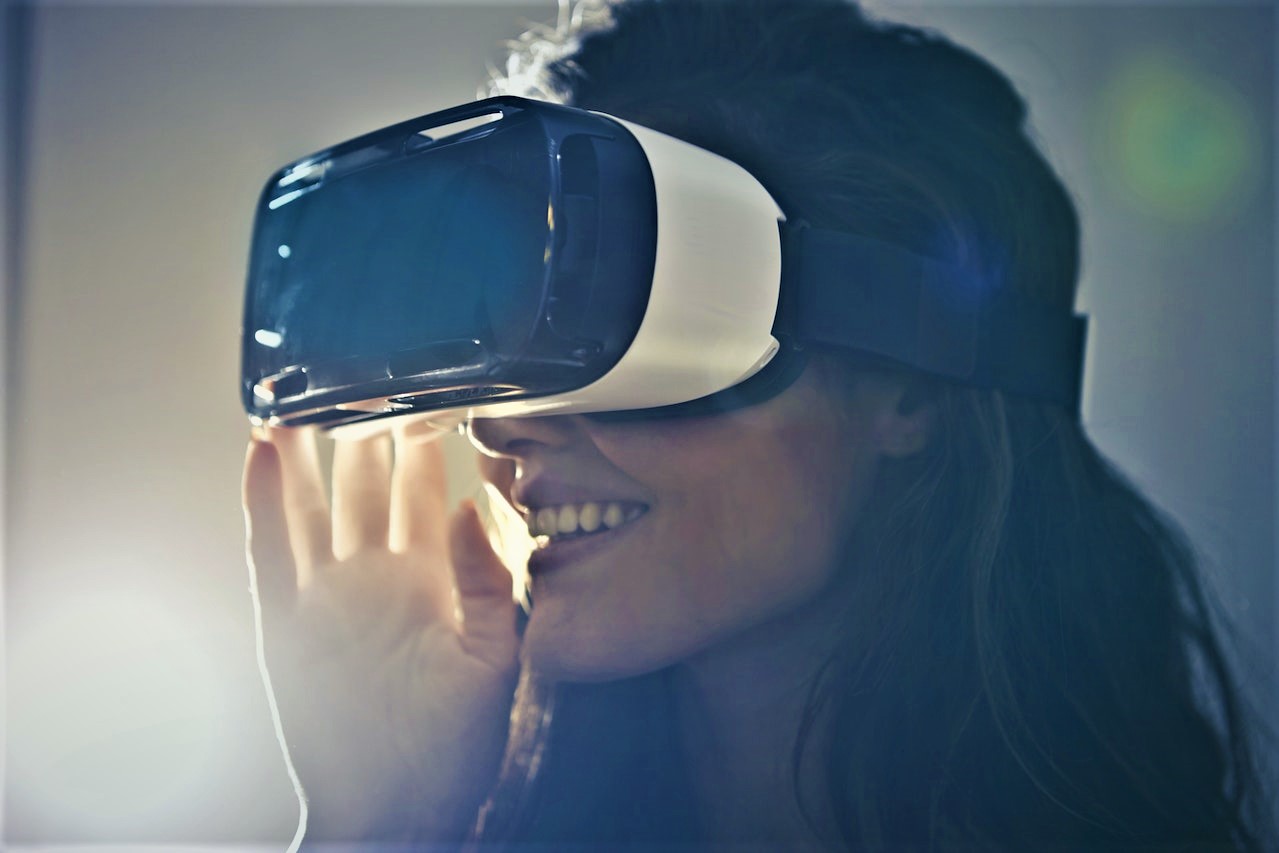The “novelty effect” appears when anybody faces to a new experience, such as the interaction with Virtual Reality (VR) environment. Nowadays, Virtual Reality stands out in education and training like a very promising tool. To assure the successful use of VR for training and learning, the novelty effect must be decreased to maintain the user’s attention on the learning activity instead of how the VR environment works. The use of tutorials in the VR experiences seems to be the best solution to this challenge.
In the last five years, Virtual Reality (VR) has become more popular into families and enterprises. The VR hardware has been cheapened whereas the number and variety of devices in the marketplace have increased. However, the VR technology is still unknown for a part of the society. The first time somebody is exposed to a Virtual Reality environment, he will be suffered from the so called “novelty effect”. This effect is a natural response of any human being to a new stimulus, in this case related to the use of a new technology: the Virtual Reality environment. Although the novelty effect can seem as something harmful, the truth is that the novelty effect is relevant when Virtual Reality is used for education or training.
Virtual Reality works in headsets whose purpose is to transport the user to a VR environment. The headset is the hardware, just a machine which is in charge of substituting the real world with the virtual one and permit the user to interact with the objects, usually through the VR hand-controllers. New stimuli come from the VR environment thanks to this hardware, so that the user can interpret them as real stimuli. Therefore, the first time the users gets into a VR world, these stimuli are new and unknown. In this case, the novelty effect emerges.

The novelty effect was firstly introduced by Dr. David Meyer to explain what happens when a new treatment is used instead of the well-known one: the new is more effective. This is due to its novelty, what makes the new treatment more likely to be paid attention. However, this novelty effect has limited shelf life, meaning that whereas this new treatment is repeated during time, the novelty effect is gradually decreasing. In consequence, the attention, engagement, and interest also disappear.
With an increment of the exposure time to the stimulus, stimulus’ uniqueness is progressively reduced and the attention changes from the environment to the inner self.
The reason why people pay more attention to the novel phenomenon is due to the analysis of this stimulus. If this stimulus does not fit in the previous schemas which are generated by each person to understand and classify the things that surround us, a new mental process is initiated so that the person’s attention focuses on the environment instead of the inner shelf (what happens when the stimulus fits in the schemas). With an increment of the exposure time to the stimulus, its uniqueness is progressively reduced and the attention changes from the environment to the inner self. Also, it provokes boredom and negative attitudes.
Although the novelty effect can be found anywhere, it is very likely to be found connected to any new ICT device, and, therefore, it also appears in Virtual Reality. But why is the novelty effect important in this technology? Virtual Reality entails a change. This change is referred to the surrounding world. Once the user wears the headset, he perceives all the stimuli as if they provide from the VR world. The user tends to get immersed into the VR world and isolated from the real one. This occurs when the VR application is properly designed, stimulating users to be engaged to the VR environment and their interactions. Also, this depends on the type of user. Some users can feel confidence and comfortability due to his personality. In contrast, other users do not feel the VR world as a safe place, so they interact with the objects with care, and they spend more time in trying to find out what is happening and what they are supposed to do.
Each user develops a grade of immersion with each VR application and they behavior as they would do in the real world. The performance in the VR experience is affected by this behavior.
Therefore, each user develops a grade of immersion with each VR application and they behavior as they would do in the real world. The performance in the VR experience is affected by this behavior. The novelty effect provokes facing to the new situation in which they have to get used to with the objective of doing the proposed tasks. Through this process of familiarization, the movements in the VR world become more natural and the users’ confidence changes, becoming their performance accurate and fast. During the novelty effect, users learn how the VR environment works and how they can be more efficient to complete the tasks.

Furthermore, Virtual Reality has become a promising tool to apply in education and training. Also, this technology can result very useful in order to reinforce lessons or teach something specific, in special when physical resources are required or doing the activity in real life is risky. Virtual Reality offers infinite possibilities of experiences to show, train and teach. This advantage benefits teachers and learners. However, the applications must be optimized to get the most out of them. As the novelty effect exists in Virtual Reality, it can affect badly the learning experience. Learners will pay more attention to the VR controllers, how to interact with them and observing the VR environment than to the learning activity. Therefore, there is a lack of the lesson for the new users in Virtual Reality. And this is exactly what the teachers want to avoid. The objective of a VR learning experience is to make students learn and it is impossible if they are distracted playing in their unknown world.
Novelty effect does not affect users in the same way. For some users the novelty effect could present a long duration than in other ones. The duration should be customized.
With the objective of decrease as fast as possible the novelty effect when a learning experience is incoming, users must be familiarized with the VR environment first. Using a tutorial as an introduction is an option which offers many advantages: teaching users how to use the VR hand-controllers and interact with the objects, showing how the VR environment works and accustoming users to the mechanics and the VR world. The duration of the tutorial is considerably relevant as too much time makes user lose the attention and motivation into the VR world to continue in the learning experience, but too little time would not be effective enough to make the novelty effect disappear.
A relevant characteristic of the novelty effect is the fact that it does not affect users in the same way. For some users the novelty effect could present a long duration than in other ones. To optimize the VR learning experience, the duration of it should be customized for each user by letting them decide they own pace. For example, this can be introduced in the tutorial by giving freedom of proper consideration about user feeling ready to start the learning experience.
The duration can seem a negative aspect, but it can be adapted just modifying the rhythm of the VR experience. It can be done by changing the scenario in each level, the objects, tasks, and characters. As it was explained before, the novelty effect arises the attention, so changing the ambient would be an effective strategy, because at that point users would know how to interact with the VR environment and they would pay attention to the new tasks. So, changing often things are likely to catch the users’ attention in order to improve their performance and learning during the main experience. To sum up, the novelty effect affects the performance and motivation of the users in Virtual Reality. Being novelty in the VR world has the advantage of increasing motivation to pay attention. However, the negative aspect is that this attention would be focus on the new surroundings and forms of interaction, instead of the plot or learning activity which the VR experience proposes. However, the user adapts to the VR world. When the user is familiarized with VR, he can be more concentrated on what is surrounding him instead of on how the VR works and how the interaction can be done, so it is the moment for focusing their attention on the main VR activity.
Written by: Ines Miguel-Alonso
from Universidad de Burgos





